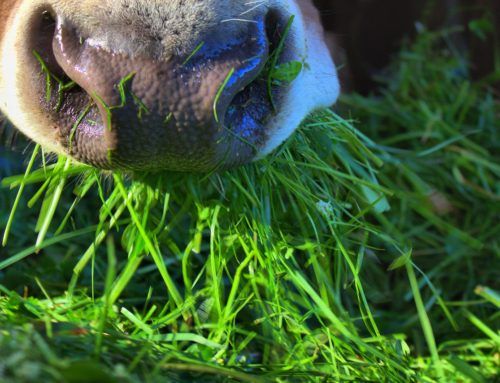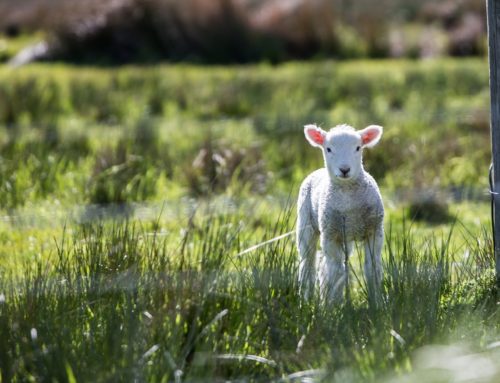
Photo by Matthias Zomer on Pexels.com
Several forage species can be extremely toxic soon after a frost because they contain compounds called cyanogenic glucosides that are converted quickly to prussic acid (i.e. hydrogen cyanide) in freeze-damaged plant tissues. Others species have an increased risk of causing bloat when grazed after a frost, those are discussed at the end of this article.
Species that can develop toxic levels of prussic acid after frost include annual grasses in the sorghum family, Johnsongrass, shattercane, chokecherry, black cherry, indiangrass, and elderberry. It is always a good idea to check areas where wild cherry trees grow after a storm and pick up and discard any fallen limbs to prevent animals from grazing on the leaves and twigs.
The potential toxicity after frost varies by species as follows:
· Sudangrass varieties = low to intermediate in cyanide poisoning potential
· Sudangrass hybrids = intermediate potential
· Sorghum-sudangrass hybrids and forage sorghums = intermediate to high
· Grain sorghum = high to very high
· Piper sudangrass = low prussic acid poisoning potential
· Pearl millet and foxtail millet = rarely cause toxicity
Animals can die within minutes if they consume forage with high concentrations of prussic acid. Prussic acid interferes with oxygen transfer in the bloodstream of the animal, causing it to die of asphyxiation. Before death, symptoms include excess salivation, difficult breathing, staggering, convulsions, and collapse.



